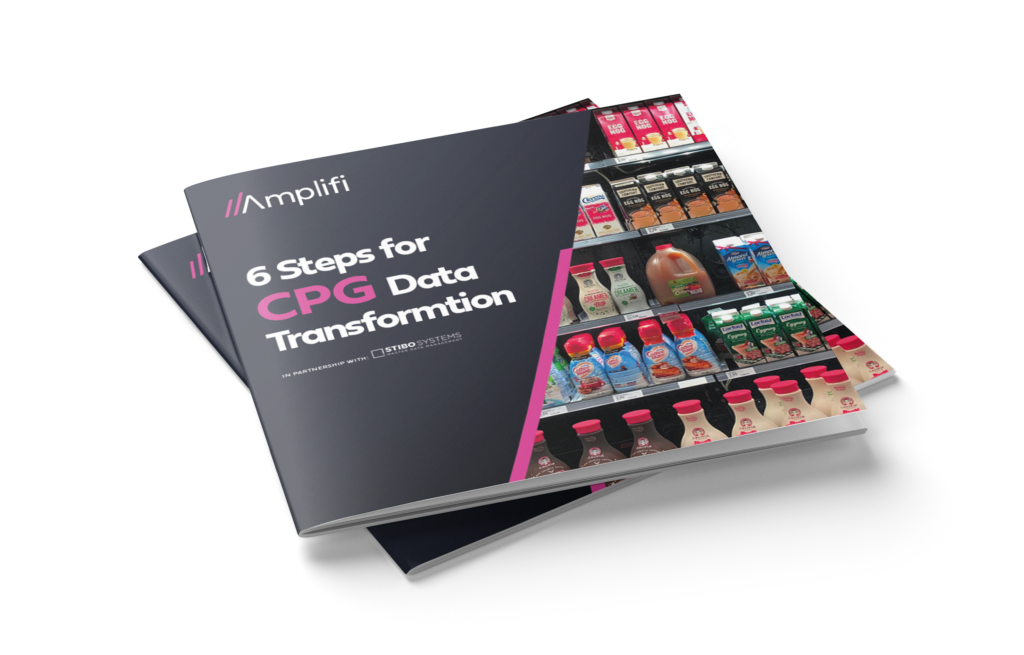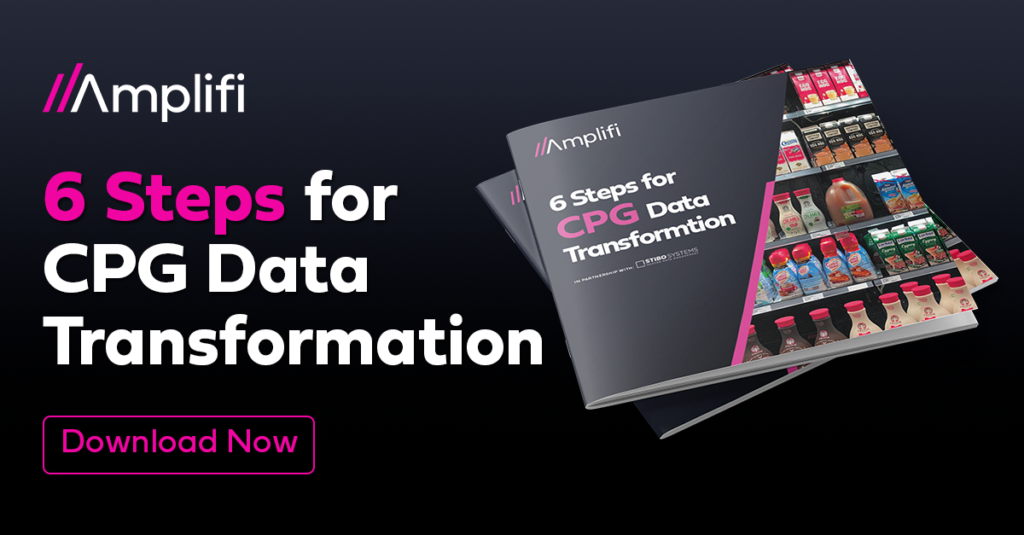Turkey and gravy flavored potato chips. Spider-Man™ swinging across your soda bottle. It’s easy to love products that cater to special themes or (let’s face it) the whims of our kids (or our inner child).
But for consumer packaged goods (CPG) orgs, a lot happens behind the scenes.
Here’s the truth: Seasonal promotions are a different kind of beast. The deadlines are fast. They never stop coming. And they often cause stress for your team. But they are also crucial to driving revenue.
Thankfully, there are ways to deliver more seasonal products while lowering the burden on the people who bring them to life.
Managing the SKU Lifecycle is Different from NPI
Much of the focus in CPG is on new product introduction (NPI). Sometimes an NPI delivers a completely new product. Other times it’s for a new design or flavor…hello, OREO® Pumpkin Spice Cookies!
 But what about the constant flow of SKU updates?
But what about the constant flow of SKU updates?
We’re talking about SKU lifecycle management — a different flavor of NPI. People across your organization contribute to the SKU lifecycle, from graphic designers to the legal department, product design, the web team, and supply chain managers.
The cycle involves taking an existing SKU and changing something like artwork or packaging. The original product typically stays the same. It’s just presented in a new way to the customer. For example:
- Bottling a favorite shampoo in travel bottles.
- Bundling candles in a “fall scents” theme box.
- Selling a mega “team pack” of sports drinks.
- Finding a supplier with non-GMO corn and adding the icon to your labels.
5 Ways to Add “New” to Your SKU
In its annual New Product Pacesetters™ report, IRI says that CPG brands must constantly “pump new” into their product innovation.
When in doubt, consider these five ways to add “new” to your SKU.
-
Tell your sustainability story.
According to a survey by Cargill, more than half (55%) of global consumers are more likely to purchase a packaged food item labeled with a sustainability claim. Earth-friendly products are especially important to young trendsetters and early adopters, who drive a large percentage of CPG sales. Is your packaging now biodegradable? Are your ingredients responsibly sourced? Be sure to tell these stories through icons, logos, and claims.
-
Cater to trends and seasonal needs.
 Along with sustainability, consumers care deeply about health and wellness. Self-care is especially popular with online influencers who spark interest in beauty and nutrition products. You can reach these buyers by highlighting wellness claims, refreshing your artwork, or bundling products that cater to specific interests or needs. Like a seasonal “flu kit” that includes medicine, vitamins, and herbal tea.
Along with sustainability, consumers care deeply about health and wellness. Self-care is especially popular with online influencers who spark interest in beauty and nutrition products. You can reach these buyers by highlighting wellness claims, refreshing your artwork, or bundling products that cater to specific interests or needs. Like a seasonal “flu kit” that includes medicine, vitamins, and herbal tea.
-
Grab your share of holiday sales.
The constant rotation of holidays is enough to keep you busy. It’s hard to compete without adding seasonal colors, characters, and themes — especially since retailers prioritize these products for display. It’s not just the major holidays that boost sales. Smaller celebrations like the Super Bowl™ or Cinco de Mayo entice customers to purchase themed products. Make sure you’re ready with fresh packaging, a new product mix, giftable bundles, etc.
-
Boost lower-performing products.
Bundling products together allows your customers to try something new with less risk. It also helps boost sales and get better margins for lower-performing products. Halloween candy assortments are a perfect example, where budget candies get mixed with fan favorites. Again, it comes down to striking the right mix and enticing the customer with festive packaging.
-
Drive growth with pricing.
An important part of the SKU lifecycle is experimentation. You can get insights into what attributes your customers value and how much they’re willing to pay for those benefits.
IRI says: “Avid early adopters…provide a powerful source of insights for innovators. They can foreshadow trends very early and can be highly influential consumers as marketers seek to drive awareness and sales.”
So, refreshing an existing SKU helps brands try variations and evaluate the impact, without investing in an entire NPI cycle.
Your Products Are Always Changing – So Is Your Data
The more you refresh a SKU, the more data you create. As that data grows, it becomes harder to manage. It’s a complex cycle to break.
Tight timelines add to the pressure. Whether it’s a looming holiday or big movie launch, there’s always a deadline to meet. And the longer you wait to launch, the more likely you’ll miss critical days on the retail shelf.
So, how can you make the SKU lifecycle easier to manage?
If you look for the lead domino, it’s often data. Burnout can happen as your team spends hours searching for information in disparate systems, hoping it’s up to date.
Creating a single source of data truth—with the right processes—makes it fast and easy to pull product data and content. That way, you can meet your seasonal deadlines while lessening the stress on your team.
If you’re experiencing some of these CPG issues, we’d love to chat with you.
With a proven methodology and a nuanced approach to data management, Amplifi helps CPGs overcome the complexities of their unique and dynamic market.
We invite you to reach out to our team at here.

6 Steps to CPG Data Transformation
Our new guide shares six steps to implement a well-executed data program across your enterprise.
You’ll learn:
- How to take advantage of the fastest-growing CPG channels
- Ways to improve collaboration during M&A and product innovation
- Ideas for optimizing your supply chain and sustainability
- Tips for applying a “less stress” strategy to help your teams thrive


